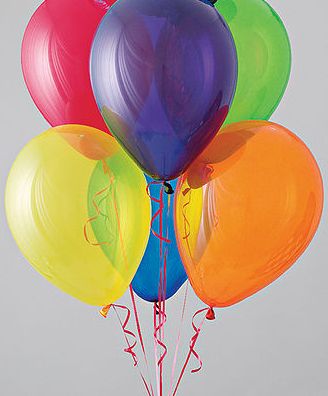Less Bang for the Red Shift
Genesis 1:16
“And God made two great lights; the greater light to rule the day, and the lesser light to rule the night: [he made] the stars also.”
Scientists who reject the claim that God created the heavens and the earth usually say that the universe is the result of some huge explosion in space billions of years ago.
If you spatter paint spots onto the surface of a deflated balloon and then begin inflating the balloon, you will have a rough idea of how astronomers picture the universe. As the balloon  inflates, each paint spot moves farther away from every other paint spot. Likewise, evolutionary scientists believe that every other star is moving away from us. And like the spots on the balloon, the most distant stars are moving away at higher speeds than the closer stars.
inflates, each paint spot moves farther away from every other paint spot. Likewise, evolutionary scientists believe that every other star is moving away from us. And like the spots on the balloon, the most distant stars are moving away at higher speeds than the closer stars.
One evidence of this, say scientists, is that lightwaves from distant stars are made a little longer – that is, red-shifted – by this high-speed movement. This kind of shifting is called Doppler shifting. Creationists have pointed out that other things could be causing this red shifting and that it may have nothing to do with the Big Bang. While their claims have been ignored, the scientific literature now describes a new explanation for this red shifting of light – called wolf shifting – which can scientifically account for the observed red shift of light without the need for a Big Bang theory.
The millions and billions of light years that astronomers talk about and the billions of years’ worth of age that they assign to the universe are all based on the Big Bang. But science is now offering other explanations that may burst the Big Bang balloon!
Prayer:
Father, the stars rest in Your hands, and it is Your Word which charges them with immeasurable power. Change me and help me to realize that Your greatest show of power is not in the stars but in the power of Your Word to create saving faith in Your Son, Jesus Christ. In His Name. Amen.
Notes:
Amato, I. “Expanding a theory for shifting starlight.” Science News, v. 136. p. 326.